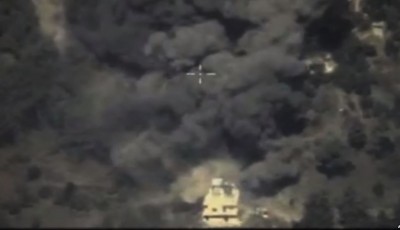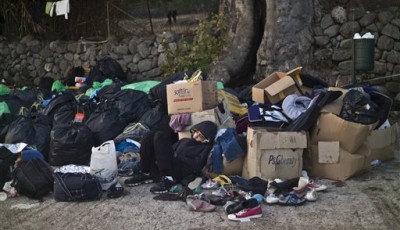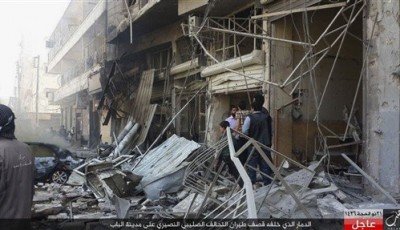ISIS destruction of Palmyra Roman temple war crime — UNESCO
The series of images showed militants placing barrels and small containers, presumably containing explosives, into the temple, as well as similar containers placed on parts of its columns.
Other photos show a cloud of smoke and debris, and dust-covered hunks of rubble, presumably in the aftermath of Sunday’s explosion.
Following the global condemnation of the act, the images were released on Tuesday, showing the destruction of the Roman-era temple, which has been one of the most ancient and important sites of the country, said the country’s antiquities chief Maamoun Abdulkarim.
UNESCO Director General Irina Bokova condemned the incident, adding that IS militants would have to be accountable for their crime.
The Baal Shamin temple was built almost 2,000 years ago. She said the destruction threatened to erase the diversity that has characterized what is now Syria for millenniums. “You travel from Damascus going east and you are in the desert and there’s an oasis in the distance and then suddenly you see a magical world and these great columns rising up and you know you are in the presence of something wonderful”.
“These attacks are cultural terrorism, they are political”. This is why these attacks are unprecedented. “If we lose Palmyra, we are robbing generations yet born of a place of wonder and inspiration”.
The Islamic State group, which has imposed a violent interpretation of Islamic law across its self-declared “caliphate” straddling Syria and Iraq, says such ancient relics promote idolatry.
Abdulkarim said last week the group had beheaded Khaled al-Asaad, 82-year-old Syrian archaeologist who had looked after Palmyra’s ruins for four decades, and hung his body in public. “It is the first structure in the Palmyra complex to be destroyed, although they recently destroyed two Islamic shrines nearby”.












